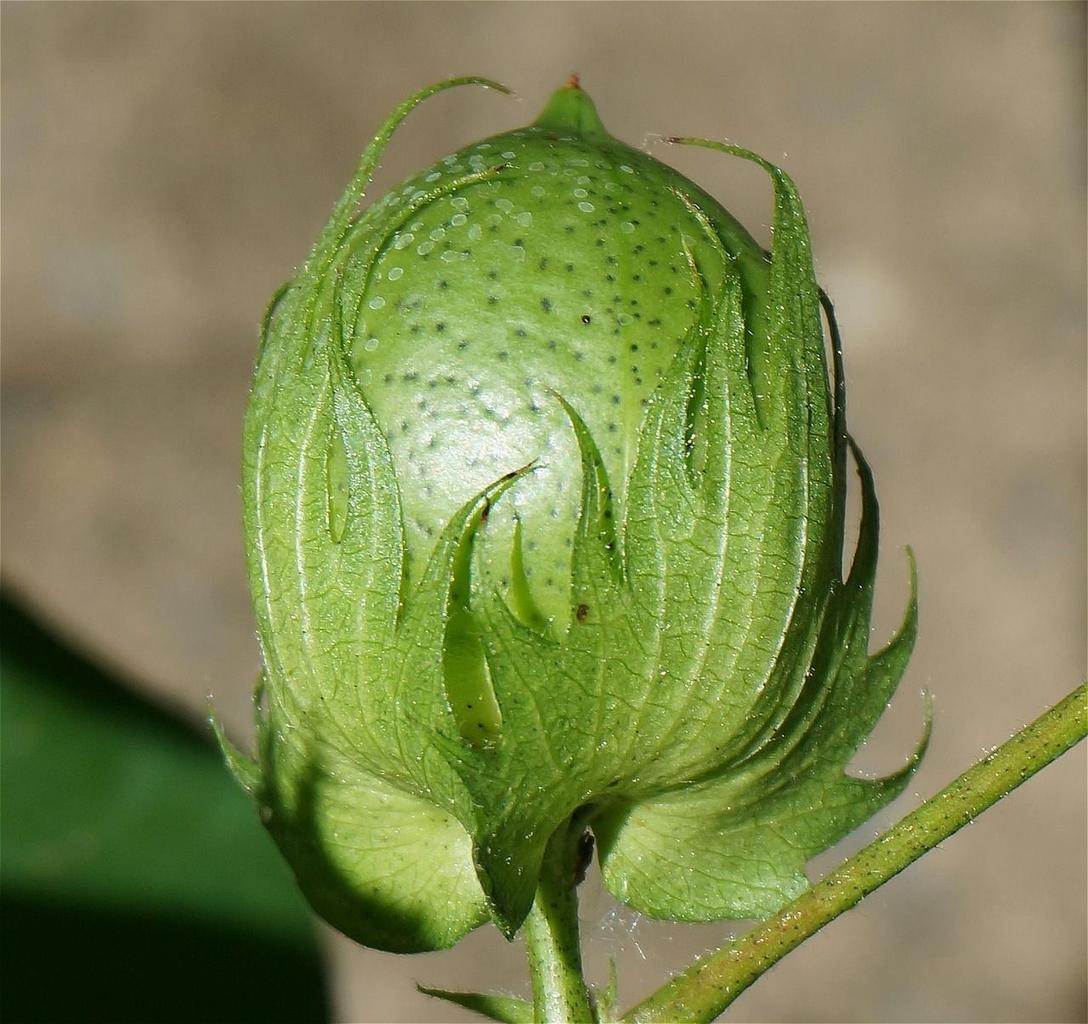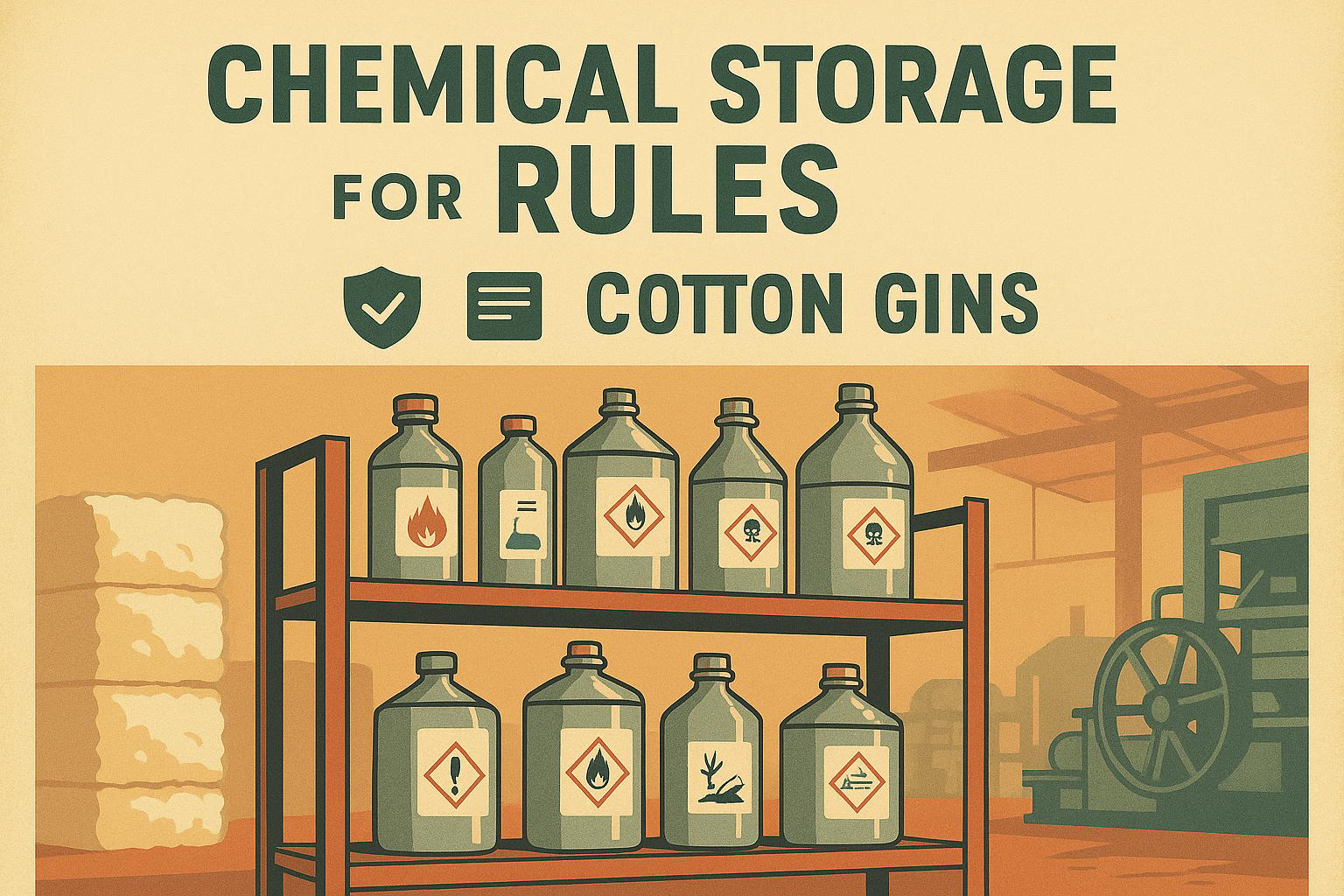Understanding Boll Retention and Its Impact on Yields
You've likely seen seasons where your cotton fields start strong, only to lose potential as bolls drop prematurely. Maximizing cotton boll retention is key to turning those early promises into solid harvests, especially when margins are tight and inputs add up. For experienced growers, this isn't about basics like planting dates—it's about fine-tuning practices to hold onto more fruit through stress periods and growth stages.
Boll retention refers to the plant's ability to keep developing bolls from squaring to maturity, influenced by everything from environmental factors to nutrient balance. Industry data shows that retention rates above 60% can boost yields by 15-20% in responsive varieties, based on extension trials across major cotton belts. Poor retention often stems from abiotic stresses like heat or drought, but biotic issues and management choices play roles too. By focusing on targeted strategies, you can mitigate losses and improve lint quality without overhauling your operation.
If you're dealing with variable fields, consider linking this to our Efficient Irrigation Strategies for Cotton Farming: Optimizing Water Use and Yield for complementary water management tips.
Variety Selection for Better Boll Holding
Choosing varieties with strong boll retention starts with reviewing regional performance data. Look for cultivars bred for heat tolerance and fruiting efficiency, as these traits directly support higher set percentages under stress.
- Genetic Traits: Prioritize lines with enhanced branching and determinate growth habits, which distribute energy more evenly to bolls. Varieties showing 70%+ retention in dryland trials often feature improved pollen viability.
- Regional Adaptation: In humid areas, select for disease resistance to prevent boll shed from fungal pressures. Dry regions benefit from drought-tolerant genetics that maintain turgor pressure in squares.
- Seed Quality: Opt for treated seed with proven vigor, ensuring quick establishment to build a robust canopy early.
Test small plots with 2-3 options annually, monitoring retention through weekly counts from first square. This data refines future choices, potentially adding 100-200 pounds of lint per acre.
For more on picking the right ones, check our Cotton Variety Selection: Key Factors.
Nutrient Balance to Support Fruit Set
Nutrients drive boll retention by fueling reproductive growth, but imbalances can trigger abscission layers that cause drop. Potassium and boron are critical, yet often overlooked in routine plans.
- Potassium Role: Maintains cell turgor and osmoregulation, reducing shed during heat waves. Apply 120-150 pounds per acre in low-testing soils, split between pre-plant and side-dress.
- Boron Applications: Essential for pollen tube elongation; deficiencies show as hollow bolls. Foliar sprays at 0.25-0.5 pounds per acre during early bloom prevent losses of 10-15%.
- Nitrogen Timing: Avoid excess early to prevent rank growth; target 80-100 pounds total, with the last third at peak bloom for sustained fill.
Use tissue sampling at first flower to adjust, aiming for K levels above 2.5% in leaves. Over-fertilized fields risk vegetative dominance, dropping retention below 50%.
Water Management for Retention Under Stress
Drought or uneven moisture is a top boll shed culprit, disrupting hormone balances that hold fruit. Precision irrigation preserves set by maintaining consistent soil moisture during critical windows.
- Scheduling: Use probes to keep levels at 50-60% field capacity from squaring to cutout. Deficit strategies post-bloom can harden plants without major losses.
- System Efficiency: Drip or low-energy precision application minimizes runoff, delivering water directly to roots for better uptake.
- Mulch and Conservation: Residue from previous crops retains soil moisture, buffering against hot spells that spike ethylene production.
In trials, fields with optimized water showed 20% higher retention than those with erratic supplies. Monitor evapotranspiration rates to anticipate needs.
Pest and Disease Pressure on Boll Set
Insects and pathogens indirectly sabotage retention by stressing plants, prompting protective shed. Proactive scouting and thresholds keep damage low.
- Bollworm and Weevils: Larval feeding scars locks, reducing set by 25%. Use Bt traits and scouts to time interventions below economic thresholds.
- Aphids and Thrips: Suck sap, weakening squares; maintain beneficials and apply when populations hit 50 per leaf.
- Fusarium and Verticillium: Vascular wilts limit nutrient flow; rotate with non-hosts and use resistant varieties.
Integrated approaches, like beneficial releases, cut chemical reliance while protecting retention. Weekly walks from pinhead square catch issues early.
Plant Growth Regulators for Load Management
PGRs like mepiquat help balance vegetative and reproductive growth, enhancing retention by directing resources to bolls.
- Timing: Apply at early square for shorter internodes, following with bloom doses if vigor persists.
- Rates: 8-16 ounces per acre based on plant mapping; over-application risks stunting and drop.
- Benefits: Improves airflow, reducing rot while increasing set by 10-15% in lush conditions.
Calibrate for variety and soil; monitor NAWF to avoid excess.
Environmental Mitigation Techniques
Weather extremes test retention, but cultural practices buffer impacts.
- Shade Cloth or Covers: In intense sun areas, temporary netting cuts heat load on lower bolls.
- Windbreaks: Reduce physical damage and transpiration in exposed fields.
- Timing Adjustments: Plant to align bloom with milder periods, avoiding peak summer stress.
Data from arid trials show these boost retention by 12%.
Monitoring and Data-Driven Adjustments
Track retention with boll counts and mapping apps for real-time insights.
- Weekly Assessments: Tag positions and note drop patterns.
- Yield Monitors: Correlate with practices for annual refinements.
- Software Tools: Analyze trends to predict issues.
This proactive stance can lift averages from 50% to 70%.
Overcoming Common Retention Challenges
Low set in sandy soils? Boost organics for better hold. High humidity rot? Enhance canopy openness. Adapt strategies to your specifics.
Integrating Strategies for Farm-Wide Gains
Combine variety, nutrients, and PGRs for synergistic effects, potentially adding 200-300 pounds per acre.
Actionable Steps to Boost Your Boll Retention
- Review variety data: Select for retention traits in trials.
- Soil and tissue test: Balance K and B pre-bloom.
- Schedule irrigation: Maintain even moisture via sensors.
- Scout rigorously: Intervene at thresholds.
- Apply PGRs timely: Monitor growth for rates.
Maximizing cotton boll retention builds resilience, ensuring more predictable harvests. For pest ties, visit our Integrated Pest Management in Cotton Farming.
Strategies for maximizing cotton boll retention empower you to protect potential, turning challenges into higher outputs.


